Selecting the right equipment is one of the most critical decisions in care planning. Many providers rely on experienced aged care equipment suppliers to access the tools that enhance safety, mobility, and dignity. These choices are never one-size-fits-all. In more specialised cases, bariatric equipment ensures comfort and accessibility for individuals who require extra support due to size, strength, or mobility differences.
The objective measure of care lies not only in the compassion of the staff, but also in the day-to-day functionality of the equipment in use. Whether it’s a bed that adjusts quietly at night, a hoist that transfers with confidence, or a walking aid that supports just enough independence, each item becomes an extension of care itself. In busy aged care homes or quiet home settings, equipment should adapt easily to changing circumstances without becoming a source of stress.
User-friendliness is often overlooked, yet it’s central to care quality. Devices that require minimal training or allow for tool-free adjustments can transform the pace of work. Carers benefit from reduced physical strain, and residents enjoy more seamless support. When a product is intuitive, it gives carers back valuable time—time to listen, connect, and respond rather than troubleshoot or repair.
Comfort is just as important as function. Seniors often face environments that feel sterile or medicalised. Equipment designed with soft curves, neutral tones, and homely finishes reduces the sense of intrusion. It makes a room feel like a home rather than just a place to be. For families visiting loved ones, these details speak volumes.
It’s not just about what’s in use today, but how needs may shift tomorrow. Equipment must keep up with progressive conditions, changes in staffing, or transitions between care stages. That’s where modularity becomes critical. A bed that can be modified, a chair with replaceable parts, or a shower commode that suits both temporary and long-term use—these aren’t luxuries, but essentials for sustainable care environments.
Maintenance is another consideration. When equipment breaks down, it doesn’t just disrupt a routine—it can compromise safety. Reliable suppliers often provide scheduled servicing, on-call repairs, and asset tracking systems that help teams stay ahead of wear and tear. These services prevent downtime and protect the integrity of the care being delivered.
Training is often the missing link between high-quality equipment and its full potential. Knowing how to lift safely, adjust a rail, or calibrate a pressure mattress means carers use tools with confidence. More importantly, it ensures that the person receiving care is supported in ways that feel secure, rather than clinical or rushed. Practical training is tailored to the specific setting, staff, and real-life situations they encounter.
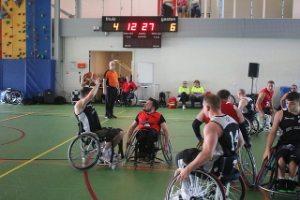
In home-based care, practicality takes centre stage. Space constraints, limited storage, and shared living environments necessitate that equipment be foldable, discreet, or multi-purpose. A toilet frame can also serve as a shower seat. A bed might need to roll between rooms. Thoughtful selection ensures that care doesn’t feel like it’s overtaking a home—it blends in while still doing its job.
With more people choosing to age in place, the demand for fast delivery and responsive support has grown. When a hospital discharge occurs suddenly, or a family decides to bring a parent home overnight, delays in obtaining the right equipment can lead to risk. That’s why responsiveness, not just product range, matters.
Technology has opened new doors in aged and supportive care. Sensor-activated lights, electric recliners, fall detection pads, and voice-controlled devices all make life easier for people with limited movement or vision. But high-tech is only helpful if it’s also easy to use. More straightforward controls, plug-and-play features, and remote support all help bridge the gap between innovation and comfort.
Environmental responsibility has also become a key consideration. Increasingly, care providers are inquiring about materials, energy usage, and recyclability at the end of life when selecting equipment. A sustainable approach not only supports broader environmental goals but often results in longer-lasting and better-designed products overall.
Weight-inclusive care requires particular sensitivity. Equipment built for individuals with higher weight capacities needs to balance strength with dignity. The designs should never feel oversized or awkward. Reinforced wheelchairs, wider beds, and stronger lifters need to be just as streamlined, elegant, and easy to operate as standard items.
Care teams, whether large or small, rely on equipment to be more than functional—they need it to be dependable, safe, and comforting. When those tools do their job well, the focus shifts back to people: their personalities, their routines, their joy. A good hoist can mean a pain-free morning. A secure bed rail can help someone sleep soundly. These are small victories, but they’re meaningful.
Behind every successful aged care setup is a provider or team that thought carefully about what would be needed—not just for today, but for the long term. It’s not always the newest or the flashiest piece that makes a difference. Sometimes, it’s the one that quietly fits into the background, doing its job reliably every single day.
Trust grows in the quiet moments—when a chair reclines without complaint, when a carer doesn’t hesitate to transfer a patient, when a loved one rests easily knowing they’re supported. That trust is built not only by the people involved, but by the tools they use. Investing in equipment that genuinely supports care, rather than complicating it, changes the experience for everyone.





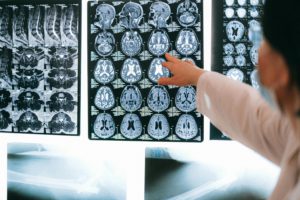

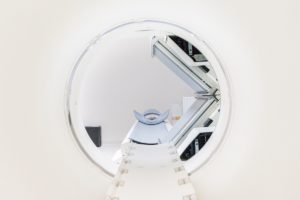
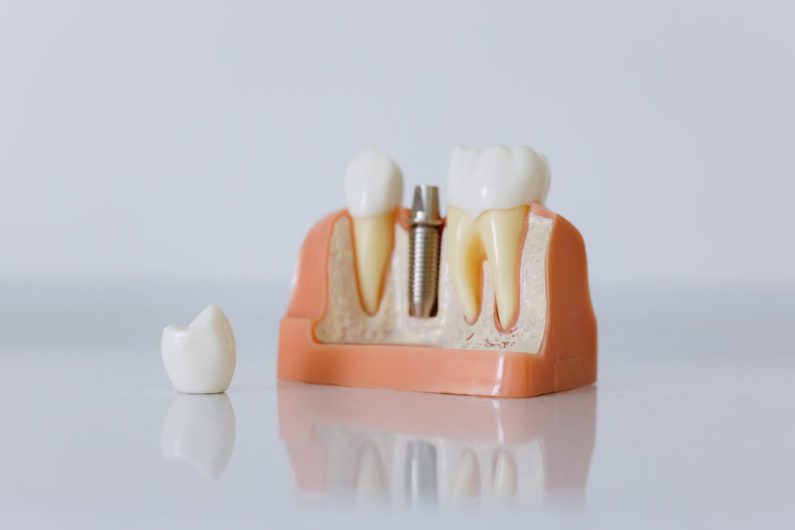

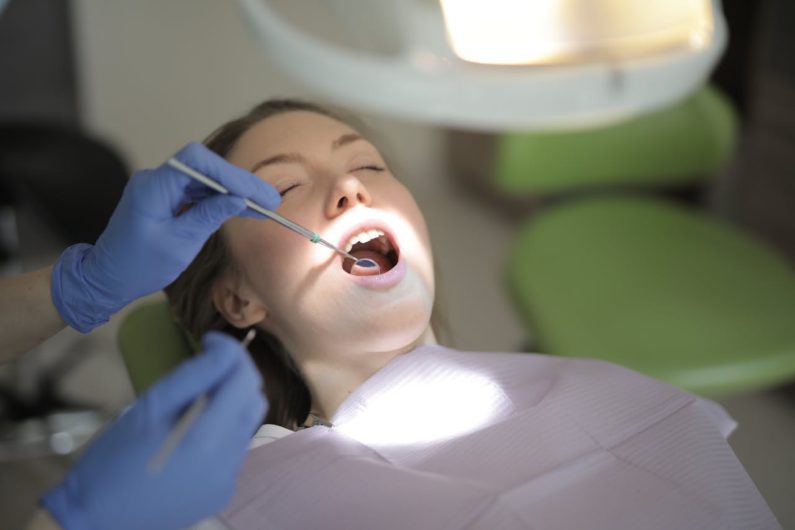




 Just like a personal trainer you hire you will need to deal with the challenges. You will go through stages of wanting to give up but here you are on your own without the motivation from a personal trainer, so you need to do your best in order to keep motivated and stay on track. Find what motivates you and add that to your workout routine. Set small goals that are easy to accomplish as this will aid in keeping your motivated to do better than the session before. A really good marketing work done for a personal fitness trainer can easily get to anyone. But the ones who manage to dodge the temptation are the ones who are quite motivated to make something out of themselves.
Just like a personal trainer you hire you will need to deal with the challenges. You will go through stages of wanting to give up but here you are on your own without the motivation from a personal trainer, so you need to do your best in order to keep motivated and stay on track. Find what motivates you and add that to your workout routine. Set small goals that are easy to accomplish as this will aid in keeping your motivated to do better than the session before. A really good marketing work done for a personal fitness trainer can easily get to anyone. But the ones who manage to dodge the temptation are the ones who are quite motivated to make something out of themselves. 

 Suppose you have a couple of sleepness nights , it seems that this is not a very serious matter, but things may not seem as simple as that. Here, we can recommend some ways to change your sleep habits, although the trouble spots, as long term to see,but the long is worth.
Suppose you have a couple of sleepness nights , it seems that this is not a very serious matter, but things may not seem as simple as that. Here, we can recommend some ways to change your sleep habits, although the trouble spots, as long term to see,but the long is worth.